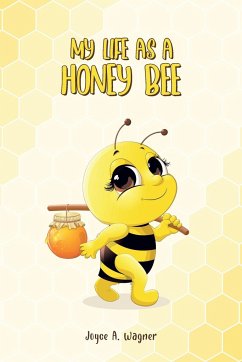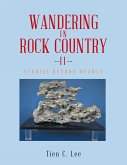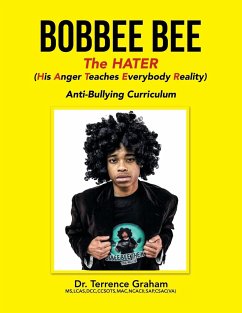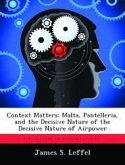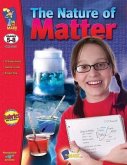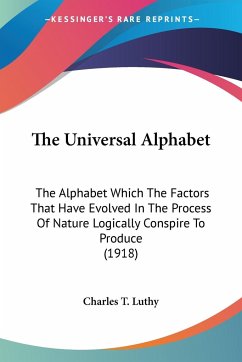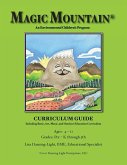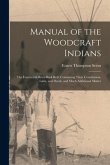The female honey bee speaks to us about life in the honeycomb. It is highly readable and can be enjoyed by young adult and adult readers. It is based on scientific fact and is an exhaustive fount of information. In no more than 83 pages the author covers all aspects of what it's like to be a female honey bee: when and from whom bees originated, their social hierarchy, how they gather pollen and make honey, their diseases, etc. The book even touches on research done by the United States government at their laboratory in Los Alamos, New Mexico, as well as universities to determine if female honey bees can be used in place of "sniffer" dogs. Although it is based on scientific facts and is portrayed with a unique viewpoint, it generates interest in honey bees and appreciation for their value in nature and economic systems. Despite its brevity, the book is still an in-depth and informative resource with a light-hearted humorous twist. The story is told by a volunteer with the Museum of Natural Science (Houston, TX) who began studying honey bees at the Museum and became enchanted with them. After taking copious notes, the author realized she had written a book!
Hinweis: Dieser Artikel kann nur an eine deutsche Lieferadresse ausgeliefert werden.
Hinweis: Dieser Artikel kann nur an eine deutsche Lieferadresse ausgeliefert werden.

